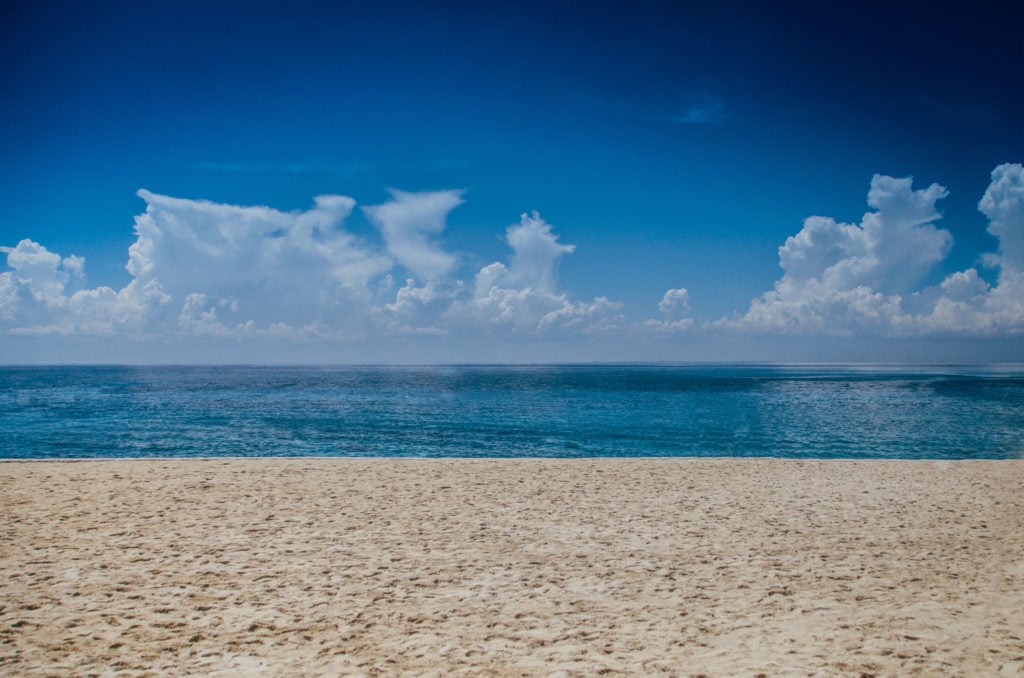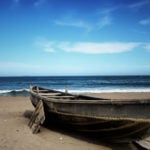There are three different classifications for the number of tidal cycles per lunar day: semi-diurnal (two high tides and two low tides); diurnal (one high and one low tide); mixed (two high and two low tides of different heights). Most coastline areas experience semi-diurnal tides, with the transition from low to high lasting 12 hours and 25 minutes.These different types of tide are mainly due to the fact that the Earth has a very irregular surface, with continents separating the oceans in irregular ways, which in turn block the passage of tidal bulges as the planet rotates.
Tides are periodic oscillations of the sea level resulting from the gravitational pull exerted by both the moon and the sun on the surface of the Earth, centrifugal forces generated by the Earth’s rotation, as well as the influence from factors like the shape of coastlines and the bathymetry of a given coastal region. The moment the sea level reaches its maximum is called high tide, and its minimum, low tide.This transition from high to low is known as a tidal cycle and is directly related to the time the moon takes to complete a full rotation around the Earth (lunar day or 24 hours and 50 minutes). Depending on the coastal region, the amplitude of tides can vary from just a few centimeters to more than ten meters.
There are three different types of tides: semi-diurnal, diurnal, and mixed. Semi-diurnal tides feature two high tides and two low tides each lunar day, and are the most common type of tide, when the transition from low to high lasts approximately 12 hours and 25 minutes. A diurnal tide features one high and one low tide per lunar day; while mixed tides typically have two high tides and two low tides of different heights in each lunar day. The occurrence of these different types of tide are mainly due to the fact that the Earth has a very irregular surface, with continents separating the oceans in irregular ways, which in turn block the passage of tidal bulges as the planet rotates.
But such patterns do not refer to the height of the water or tidal range, only to the number of tidal cycles per day. When it comes to tidal range, tides are classified as spring tides and neap tides – according to the orientation of the sun and the moon to the Earth. Spring tides are higher tidal ranges that happen when the moon and the sun are lined up straight with the Earth; neap tides occur when the sun and the moon at right angles with each other, producing lower tidal ranges.

Ryan is the founder of Tideschart.com. Originally from New Zealand, Ryan has traveled to more than 20 countries and has combined more than 10 years of development experience with his passion for the ocean.






